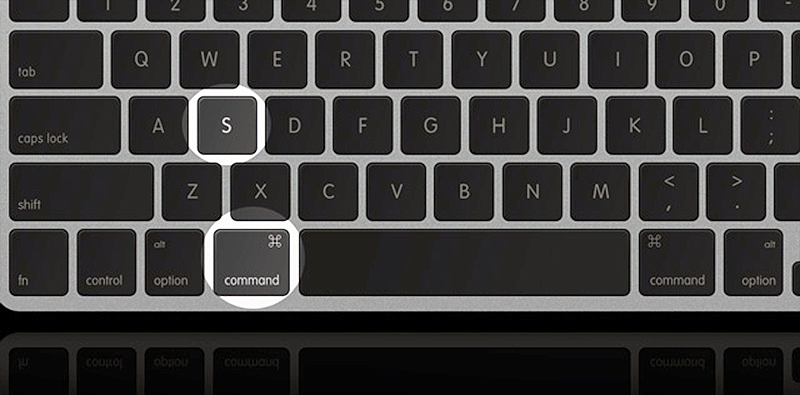

- How to do a command find and replace on mac how to#
- How to do a command find and replace on mac for mac#
- How to do a command find and replace on mac mac os#
- How to do a command find and replace on mac mac#
On the prompt, type fsck_hfs -y /dev/disk4s1 and hit Return. Plug the drive in and power it up if necessary.
How to do a command find and replace on mac mac#
Unmount or Mount External Drive Using Terminal In GUI, you need to plug the external hard drive into your Mac to mount it automatically while drag and drop the drive icon to Trash to eject or unmount it. The first command creates the location to mount the device to. Mounting means that the operating system makes files and directories on a storage device (such as an external hard drive, an sd card, or a USB flash drive) available for users. To find out the label of an external hard drive, open a terminal and use the following command. To use Disk Management to mount a drive on Windows 10, use these steps: Open Start. As you can see from the figure above, this iPhone file manager provides several options to transfer iPhone files in addition to the mode to turn iPhone iPad into hard drive. Using the same examples as elsewhere, here is what the command and the output will look like: $ diskutil mount /dev/disk1s2.
How to do a command find and replace on mac for mac#
external hard drive for mac and pc interchangeable.
How to do a command find and replace on mac how to#
How to mount USB or external drive in Single User Mode on Mac? In non-removable devices like MacBook Air or MacBook Pro, press and hold "shift+control+option+powerbutton" for 10 seconds. Here is how to cd (change directory) into an external drive using Terminal on Mac computers.
How to do a command find and replace on mac mac os#
#Mount hard drive mac os terminal install #Mount hard drive mac os terminal pro #Mount hard drive mac os terminal pro. Once connected, open Disk Utility and select the hard drive from the left-hand side of the window. Be sure it is the latest version that fully supports running on Leopard. If you can't get an external hard drive or USB flash drive to mount when you plug it in your Mac, you usually open Disk Utilities and try from there. From the top Menu Bar, go to Finder > Preferences. Recently had problems with my laptop and I being the dumb caveman that I am have no external hard drive to keep my important files in. If your Mac is not recognizing a USB or external hard drive after this, you'll have to try mounting it manually. Click on the Erase button function on the top of the Disk Utility window. Click "Enable Writable" to add read and write rights to the drive. Choose the grayed external hard drive in the left sidebar. Start the Mac with the damaged volume in FireWire Target Disk Mode again, and connect it to the MacBook Pro as an external FireWire drive. Hard drive does have power when plugged in. If Mac isn't automatically recognizing your external hard drive, it's time to force it to. If you can't get an external hard drive or. This would be the new name added to previous list and most often it is always the last disk name in the list. To mount (or remount) a drive, we'll use the same diskutil command with a new flag and inputs like so: diskutil mount /dev/disk1s2.

Boot your Mac in SU mode by holding "Command+S" keys combination during startup. I recently bought a 4 TB naked (no enclosure) external hard drive that I mount via a Newer Tech dock (the ones where you insert the naked drive like bread in a toaster) and is connected to my MacBook pro via FireWire 800. Click Go at the upper left of your desktop and go to Utilities, then launch Disk Utility on your Mac computer. Go to Applications → Utilities → Disk Utility. Answer (1 of 3): Mount the external hard drive using Terminal * Open the Terminal from Application folder * Type "diskutil list" and press "Return" to view all the listed of all devices * Type "mkdir /Volumes/MyDisk" and replace "MyDisk" with the name of the drive that will not mount.


 0 kommentar(er)
0 kommentar(er)
